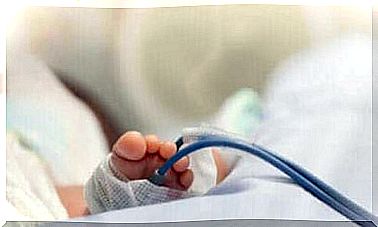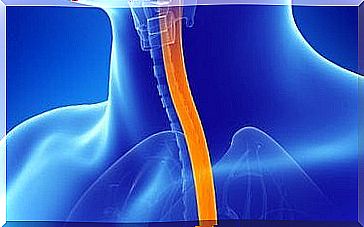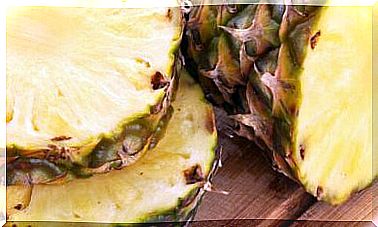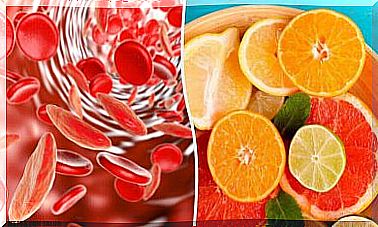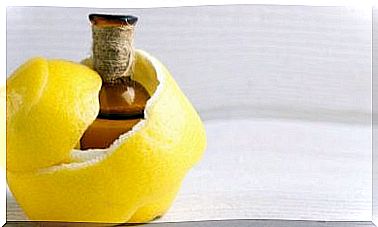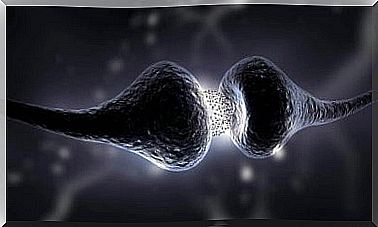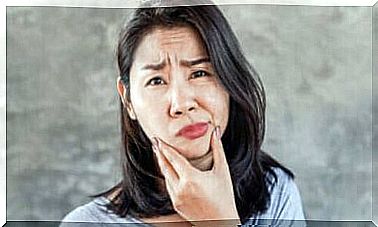9 Important Facts About Ovarian Cyst
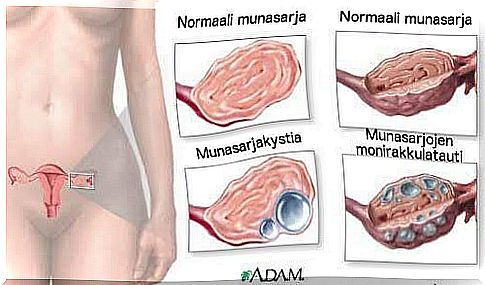
The word cyst is not unknown to most women, as it is one of the most common disorders that can affect a woman’s reproductive system during her lifetime.
This is a harmless disorder that develops in the ovaries, but which can eventually cause bigger problems if not treated in time. While there is usually no cystic harm to a woman’s health, it is important to know a little about what they are and what to do if you yourself are diagnosed with this disease.
That’s why this time we want to tell you about the nine most important facts about ovarian cysts – keep reading so you know how to act in the event that the phenomenon happens to you!
1. What are ovarian cysts?
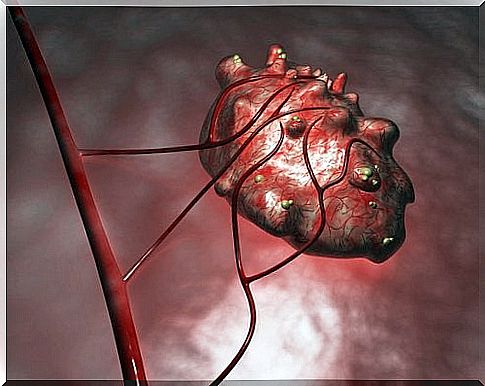
Cysts are small fluid-filled sacs that form on top of the ovaries and can range in size from millimeters to over five centimeters.
Whenever a woman ovulates, a small cell or blister forms in one of her ovaries, and it breaks when the egg is mature and ready to fertilize.
If fertilization does not occur, the blister will be reabsorbed naturally. However, if this process does not occur, the cell becomes a cyst.
2. The most risky ages in a woman’s life
A woman is at risk of getting this disorder after she has reached puberty, and the risk persists until the end of her fertile years.
Ovarian cysts usually disappear with menopause, but in some cases they may appear later in a woman’s life.
3. Factors related to ovarian cyst

So far, there is no specific definition of what causes these small cysts to form in the ovaries.
However, it has been noted that several factors are linked to the development of this phenomenon:
- irregular menstrual cycle
- infertility treatments
- hormonal imbalances
- hereditary factors
4. Most significant symptoms
As with other reproductive disorders, the symptoms of this condition are often confused with other, more common problems.
The difficulty is that symptoms cannot always be noticed in the early days of the disorder, and many women also ignore the symptoms.
Symptoms caused by ovarian cysts include:
- irregular periods
- abdominal and pelvic pain radiating to the back or legs
- severe pelvic pain before and during menstruation
- severe pain during intercourse
- vomiting and nausea
- breast tissue sensitivity
- heavy feeling
- bloating
- pressure in the rectum or bladder
5. How can ovarian cysts be detected?
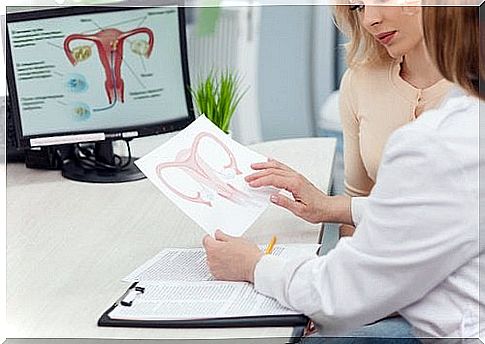
If you suspect you have a cyst in your ovaries, you should undergo a pelvic floor examination and ultrasound or magnetic resonance imaging. A blood test can be used to determine if a cyst should be removed, if found.
6. What is involved in the treatment?
Generally, your gynecologist will recommend regular checkups to determine if the cyst is being removed over time.
If it increases in size or causes pain or other side effects, you may be asked to use oral contraceptives or go for surgery to remove the cyst.
7. Cysts and fertility
One of the biggest concerns for women where a cyst is detected is their fertility. There is normally no greater risk of becoming pregnant, but in some cases proper ovulation may be prevented.
In addition to this, the size of the cyst can increase and may alter the function of the ovaries or make them deformed, which in turn affects a woman’s future fertility.
8. Cysts do not usually develop during menopause
A woman in her menopause is not normally at risk for an ovarian cyst. However, if they are found, it is already more worrying, as experts say cysts or tumors during menopause can be a sign of developing cancer.
At this stage in life, the doctor should perform a thorough evaluation of the cysts.
9. Polycystic ovary disease (PCOS)
The appearance of cysts in several parts of the ovaries, such as a cluster of 7-10 vesicles, is known as polycystic ovary disease (PCOS).
It may be the result of difficulty in ovulating, and the main cause may be hormonal imbalances.
In such cases, more treatment and attention is required than usual, as changes in menstruation, infertility, increased body hair, and other disorders usually occur in addition.
In most cases, however, these cysts do not cause any problems and will disappear on their own over time. However, it is important to have regular medical check-ups to make sure you are in good health.
Now you know the basics of ovarian cysts – follow our instructions to prevent the phenomenon from becoming harmful to your health when it happens to you.
